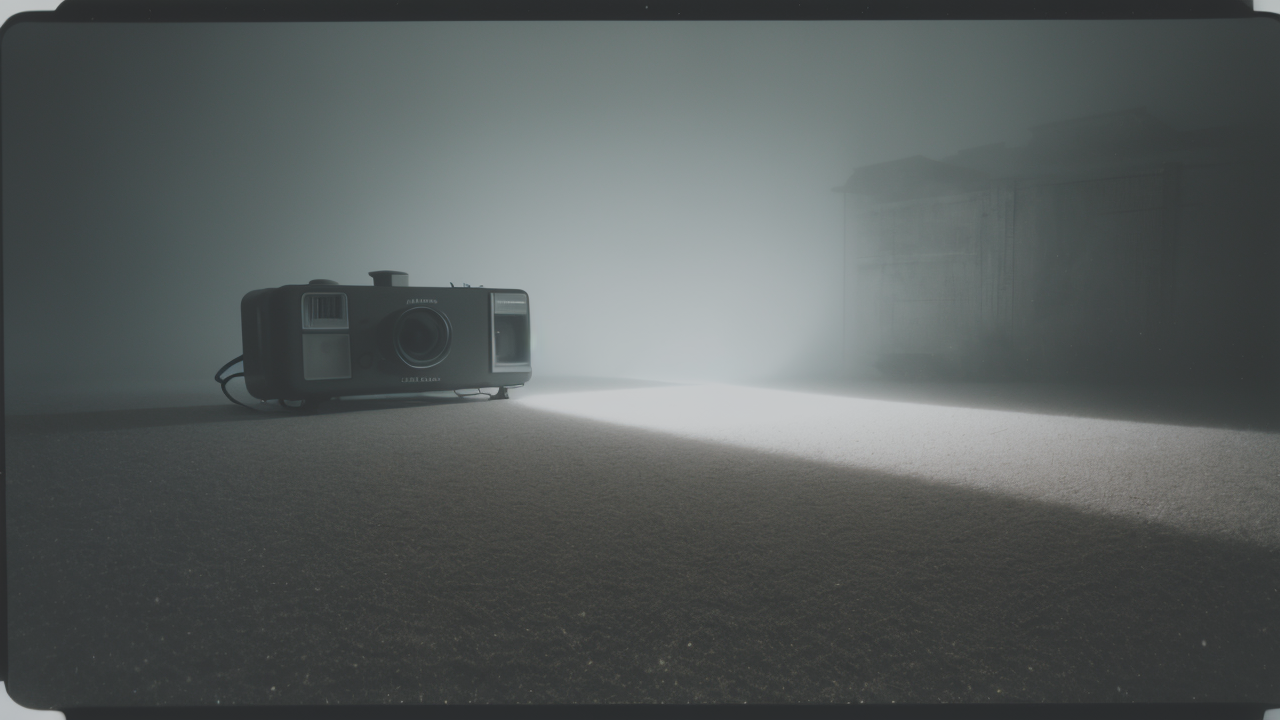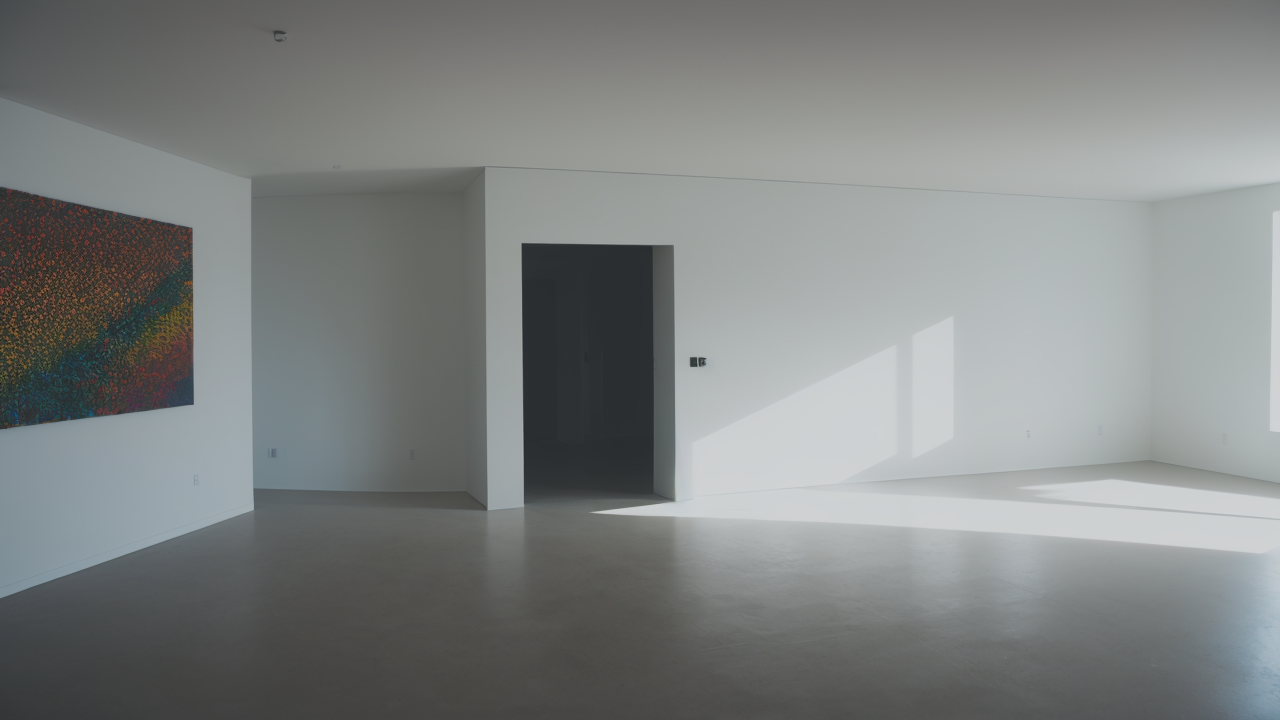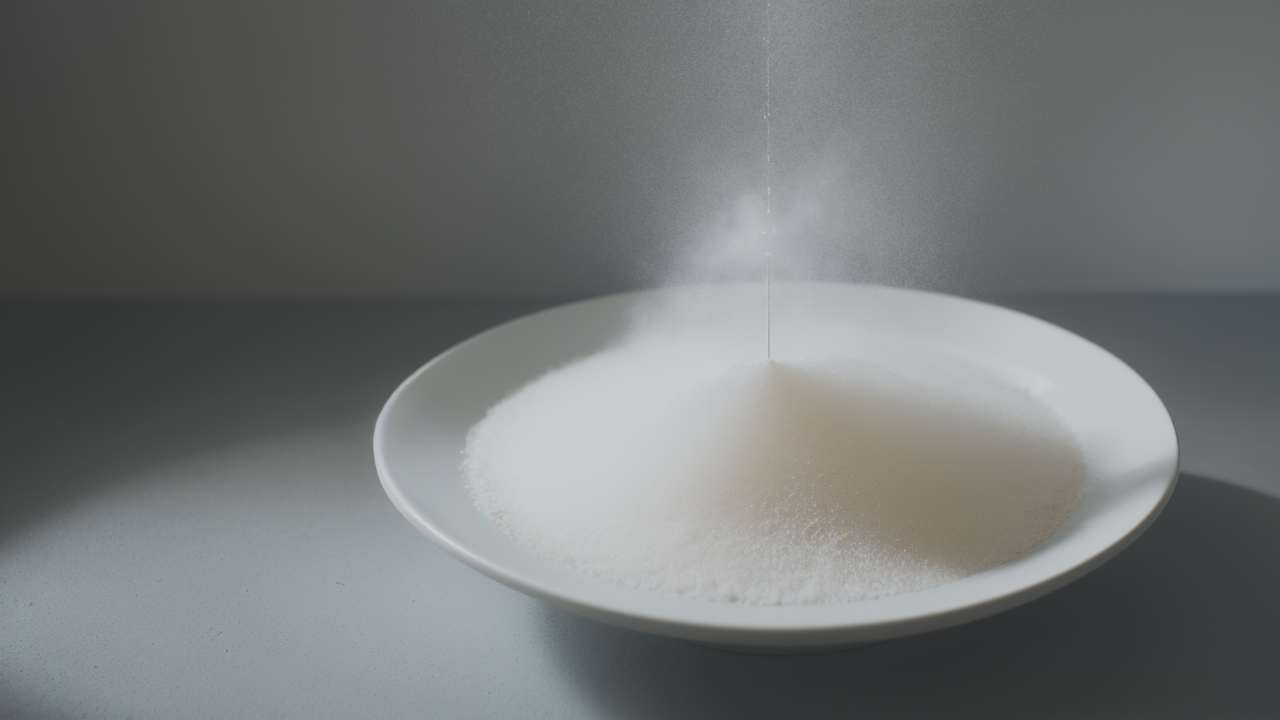
Minimalist Color Theory: Crafting a Cohesive Home Decor Palette
Understanding the Appeal of Minimalism in Home Decor
The Philosophy Behind Minimalist Art
Minimalist art is all about simplicity. It strips away excess to focus on the essentials. This approach has gained popularity in home decor. Minimalism isn't about having nothing. It's about having the right things.

In art, minimalism uses basic elements like lines, shapes, and colors. It creates powerful effects with less. This style often features clean lines and simple forms. It may use a limited color palette.
The goal of minimalist art is to create calm and order. It encourages us to appreciate the beauty in simplicity. This philosophy can extend beyond art. It can influence how we live and what we keep in our homes.
How Minimalism Art Elevates Home Aesthetics
Minimalist art can transform a space. It can make rooms feel larger and more open. A single piece of minimalist art can become a powerful focal point. It draws the eye without overwhelming the senses.
The simplicity of minimalist art works well with many design styles. It's great for modern homes. It can also balance out busier traditional spaces. Minimalist art often uses neutral colors. This makes it easy to fit into different color schemes.
These artworks can add texture and depth to a room. Even simple pieces can create visual interest. They do this through subtle variations in color or form. This adds dimension to a space without cluttering it.
The Psychological Impact of Minimalism on Homeowners
Living with minimalist art can have positive effects on our minds. Its simplicity can reduce visual stress. It can promote a sense of calm. This is especially helpful in today's busy world.
Minimalist spaces can encourage mindfulness. With fewer distractions, it's easier to focus and relax. This can lead to better productivity and improved sleep. Many people find that a cleaner space leads to a clearer mind.
For some, minimalist art is a form of self-expression. It reflects a desire for simplicity in life. When our living space aligns with our values, we feel more satisfied. It can boost our confidence and overall well-being.
Colorful Minimalism: A Contrastive Approach to Home Art
The Role of Color in Minimalist Design
Color plays a key role in minimalist design. Even when used sparingly, it can have a big impact. A pop of color in a minimalist space can create a strong visual effect. It can draw attention and add energy to a neutral setting.

In minimalist art, color is used with purpose. A single bold color can define a piece. It can set the mood for an entire room. This approach lets color make a statement without being overwhelming.
Colorful minimalism shows that minimalist design doesn't have to be bland. It proves that vibrant hues can work with simple forms. This balance creates living spaces that are both dynamic and harmonious.
Fusion of Minimalism and Expressionism in Home Art
Mixing minimalism with expressionism offers exciting options for home decor. This blend combines simplicity with emotional depth. The result is art that is visually striking and emotionally powerful.
This fusion might look like a large canvas with a simple shape in bold colors. Or it could be a set of line drawings with splashes of bright hues. This approach allows for personal expression within a minimalist framework.
This style appeals to those who like simplicity but want some excitement. It's a way to add personality to a space without losing the benefits of minimalist design. It creates a unique and balanced aesthetic.
Case Studies: Successful Minimalist Art Installations in the United States
- The Rothko Chapel in Houston: This space shows how simple forms can create deep emotions. Large, minimalist paintings in rich colors fill the walls.
- Dia:Beacon in New York: This museum houses many minimalist works. It shows how these pieces can transform industrial spaces into calm galleries.
- The Glass House in Connecticut: This famous home blends minimalist architecture with carefully chosen art. It shows how minimalist art can define living spaces.
These examples show the power of minimalist art in different settings. They can inspire homeowners to use such art in their own spaces. They prove that minimalism can create powerful experiences.
Strategizing for Homeowners: Incorporating Minimalism Art into Living Spaces
Choosing the Right Pieces for Your Home
Picking minimalist art takes careful thought. Start by looking at your space. Find key areas where art could go. Think about the size of your rooms. Choose pieces that fit well in these spaces.

Look for art that speaks to you. Minimalist pieces often create feelings through small details. Pay attention to how a piece makes you feel. Ask yourself if it creates the mood you want in your home.
Don't be afraid to mix different types of minimalist art. You can combine paintings, sculptures, and prints. Just make sure there's something that ties them together, like color or theme.
Balancing Minimalism with Personal Expression
Minimalism doesn't mean erasing your personality from your home. Find ways to add personal touches within a simple framework. You could display meaningful objects or family photos in a neat way.
Try creating a gallery wall with minimalist prints and personal photos. Use matching frames to keep it looking tidy. This lets you show your life and interests while keeping the overall look clean.
Remember, minimalism is about being intentional, not deprived. Choose items that really matter to you. Display them thoughtfully. This creates a space that's both minimalist and personal.
Maintaining and Caring for Minimalist Artwork
Taking good care of your minimalist art keeps it looking great for years. Dust regularly with a soft, dry cloth. This prevents buildup. For framed pieces, check often for signs of moisture or warping.
Keep your art out of direct sunlight to prevent fading. You might want to use UV-protective glass for framed works. For sculptures, turn them now and then for even exposure.
When cleaning, don't use harsh chemicals. If you need help, ask a professional art cleaner. With proper care, your minimalist art will keep enhancing your home for a long time.


